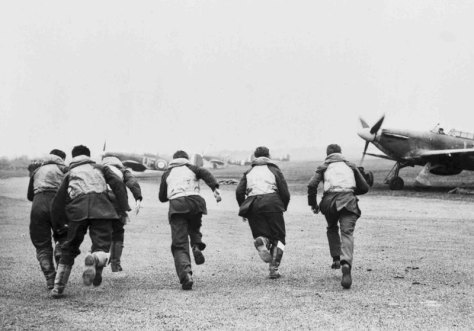
Expanding on the ALT-C #LTHEChat
On Wednesday 30th August there was an #LTHEChat hosted by the ALT-C 2023 co-chairs, Santanu Vasant and Lawrie Phipps.
LTHEchat will host a summer special chat led by #altc23 Conference Chairs Santanu Vasant and Lawrie Phipps. Dual hashtags will be used #altc23 and #LTHEchat. This special summer special takes a look back at 30 years of educational technology as the Association for Learning Technology (ALT) celebrates 30 years, as do Jisc, and the Staff and Educational Developers Association (SEDA). Educational or Learning Technologies have shaped higher education, especially in recent years during the pandemic, but the history of educational technology goes way back. In this LTHEchat, we ask you to remember your first experiences of learning technology in a work setting, what learning technology might be, if we had unlimited financial resources, what new ‘next big things’ didn’t take off and what do you remember from previous ALT Conferences?
I had initially planned to participate, but in the end, I went to the cinema instead.
So the following morning I did some responses to the prompts from the chat. I thought though I would expand on some of my answers to the different questions in a blog post to go beyond the character limit on the Twitter.
As a result I have written six different blog posts.
Q3 What’s been your biggest achievement in learning technology to date and why?
I wrote this on the Twitter
I still think what I did at Gloucestershire College in changing the culture and approach to the use of technology in the organisation. Approaching it from a holistic whole college approach. Lots of small steps from everyone. Anchoring the change.
I wrote about this in a blog post called: Why does no one care about my digital strategy?
At Gloucestershire College I was asked and I delivered a digital learning strategy, well back then it was called the Information and Learning Technology or ILT strategy. Historically it had come about because of funding from Becta to colleges was given on the basis of colleges writing an ILT strategy. This was often distinct from the IT strategy. The IT strategy was usually focused on the technical infrastructure to support the college business, whereas the ILT strategy was focused on the embedding of technology into teaching and learning. What often happened though was that both strategies weren’t linked together and weren’t always linked to the corporate strategy, of if they were those linkages weren’t always clear. The end result was that sometimes these strategies were at odds with each other.You had an ILT strategy was advocating a student BYOD policy and the IT strategy was clear that non-organisation devices could not be connected to the wireless network. It wasn’t just the IT strategy, I am aware of heated discussions between managers, where the ILT strategy was advocating a student BYOD policy and the Estates strategy was clear that non-organisation devices could not be plugged into the power sockets.
I also wrote this tweet.
Too often I see pilots, limited projects, small scale approaches, champions, and so on. When it comes to embedding digital technology, I approached it from an all-college approach. Everyone doing one small thing has more impact that one person.
Over the years I have written about the problems of having a pilot mentality.
How many pilots do we need? Or is it more a question that we need to run a pilot at our institution before we think about “rolling” it out across all curriculum areas. I am also aware of successful pilots in one curriculum area which have been followed by virtually identical pilots in a second curriculum area… Why? Well the learners are different! Really! How different, they have two heads or something? That actually raises a question on any pilot, well successful pilots have resulted in a roll out across the whole institution?
Much of what I experienced and learnt at Gloucestershire College, as well as other experiences and my work at Jisc, is feeding into my ALT-C presentation next week.
































